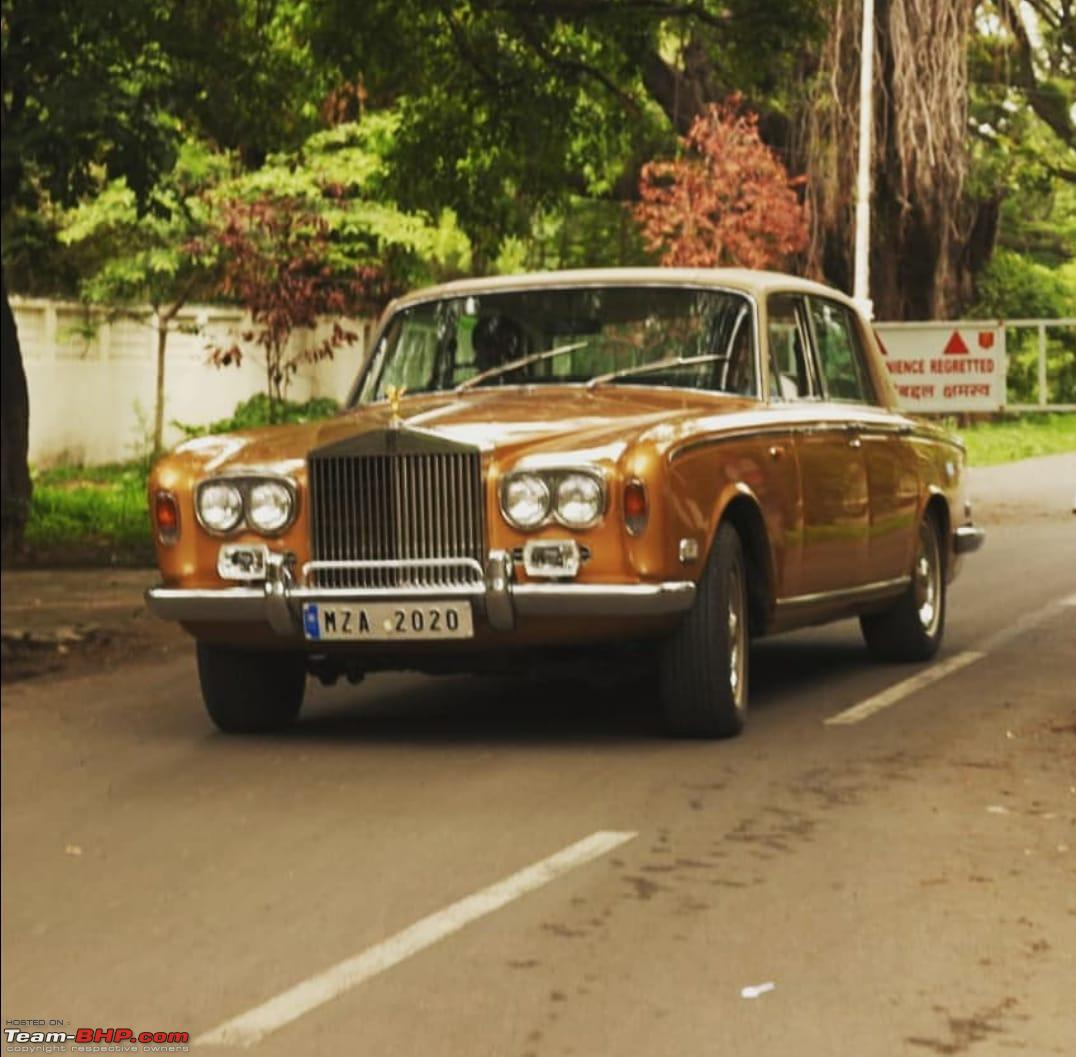It was based on the one-party rule of the Communist Party (Bolsheviks), especially during the reign of Joseph Stalin they increasingly developed a totalitarian regime.
Officially the Union of Soviet Socialist Republics was a socialist state which existed from 1922 to 1992 in Eurasia.
Its government and economy were highly centralized in a state that was unitary in most respects though it was nominally a supranational union of national republics. Moscow was the Union's capital.
The October Revolution of 1917 has roots of the Soviet Union. Led by Vladimir Lenin, the Bolsheviks overthrew the Russian Provisional Government that had replaced Tsar Nicholas II.
The Russian Socialist Federative Soviet Republic (Russian SFSR) was established and Russian Civil War between the revolutionary “Reds” and the counter-revolutionary “Whites" also started.
The Red Army helped local communists take power through workers’ councils called “soviets” which nominally acted on behalf of workers and peasants as they entered several territories of the former Russian Empire.
In 1922, forming the Soviet Union with the unification of the Russian, Transcaucasian, Ukrainian, and Byelorussian republics as the communists (Reds) were victorious. All politics and attitudes that were not strictly of the Russian Communist Party (RCP) were suppressed under the control of the party.
Whereas all activities contrary to the party’s beliefs were “counterrevolutionary” or “anti-socialist" under the premise that the RCP represented the proletariat and Eventually crushing all opponents. The RCP established itself through all of Russia as it spread soviet-style rule quickly.
The state's original ideology was primarily based on the works of Karl Marx and Friedrich Engels. Marx’s theory in its essence, stated that economic and political systems went through an inevitable evolution in form by which the current capitalist system.
As it would be replaced by a Socialist state before achieving international cooperation and peace in a “Workers’ Paradise,” creating a system directed by, what Marx called, “Pure Communism.”
Joseph Stalin came to power in the mid-1920s following a collective leadership (troika), and a brief power struggle after the death of Lenin in 1924.
Stalin committed the state ideology to Marxism–Leninism (which he created), and initiated a centrally planned command economy after suppressing all political opposition to his rule.
The country underwent a period of rapid industrialization and collectivization as a result laying the foundation for its victory in World War II and postwar dominance of Eastern Europe.
Stalin conducted the Great Purge to remove opponents of his from the Communist Party through the mass arbitrary arrest of many people who were then sent to correctional labor camps (gulags) or sentenced to death and he also fomented political paranoia.
Creation Of The USSR And Early Years:
The Treaty on the Creation of the USSR and the Declaration of the Creation of the USSR for forming the Union of Soviet Socialist Republics was approved.
It was approved in a conference of plenipotentiary delegations from the Russian SFSR, the Transcaucasian SFSR, the Ukrainian SSR, and the Byelorussian SSR on December 29, 1922. The 1st Congress of Soviets of the USSR confirmed these documents and the heads of delegations signed it.
The USSR was recognized by the British Empire on February 1, 1924. The same year legitimizing the December 1922 union, a Soviet Constitution was approved.
In the early days of Soviet power in 1917 an intensive restructuring of the economy, industry and politics of the country began. Government documents was signed by Vladimir Lenin as large part of this was done according to the Bolshevik Initial Decrees.
The GOELRO plan, which envisioned a major restructuring of the Soviet economy based on total electrification of the country was one of the most prominent breakthroughs. The plan covered a 10- to 15-year period after it was developed in 1920.
It included ten large hydroelectric power plants and numerous electric-powered large industrial enterprises, including construction of a network of 30 regional power stations. The plan was fulfilled by 1931 as it became the prototype for subsequent Five-Year Plans.
The Bolsheviks adopted war communism during the Civil War (1917–21) as it entailed the breakup of the landed estates and the forcible seizure of agricultural surpluses.
In the cities there were a breakdown in the money system as well as intense food shortages. To tend the land that the Bolshevik breakup of the landed estates had transferred to the peasants, many city dwellers fled to the countryside. Small-scale “capitalist” production was also suppressed.
Strong opposition soon developed. The peasants resented having to surrender their surplus grain to the government as a part of its civil war policies and they also wanted cash payments for their products.
Lenin began a strategic retreat from war communism known as the New Economic Policy (NEP) after being confronted with peasant opposition. The peasants were allowed to sell their surplus produce in the open market as they were freed from wholesale levies of grain.
Permitting private retail trading stimulated the commerce. For banking, transportation, heavy industry, and public utilities the state continued to be responsible.
The program proved highly beneficial and the economy revived although the left opposition among the Communists criticized the rich peasants, or kulaks, who benefited from the NEP. Following Lenin’s death in early 1924 the NEP would come under increasing opposition from within the party.
The Death Of Lenin and The Rise Of Stalin:
Following Lenin’s third stroke to take day-to-day leadership of the party and the country and block Trotsky from taking power, a troika was emerged made up of Grigory Zinoviev of the Ukrainian SSR, Lev Kamenev of the Russian SFSR, and Joseph Stalin of the Transcaucasian SFSR.
Lenin, following his December 1922 stroke became increasingly anxious about Stalin and dictated a letter (known as Lenin’s Testament) to the party criticizing him and urging his removal as general secretary, a position which was becoming the most powerful in the party.
Stalin acted to keep Lenin in isolation for health reasons as he was aware of Lenin’s Testament and increased his control over the party apparatus.
Zinoviev and Bukharin trying diminishing Stalin’s role as general secretary to proposed that the Orgburo which Stalin headed be abolished and Zinoviev and Trotsky be added to the party secretariat as they became concerned about Stalin’s increasing power.
The Orgburo was retained as Stalin reacted furiously and but Bukharin, Trotsky, and Zinoviev were added to the body.
Stalin was named the General Secretary of the Communist Party of the Soviet Union on April 3, 1922. Stalin was appointed as the head of the Workers’ and Peasants’ Inspectorate by Lenin which gave Stalin considerable power.
Stalin became the undisputed leader of the Soviet Union by gradually consolidating his influence and isolating and outmaneuvering his rivals within the party and established totalitarian rule by the end of the 1920s.
In 1924's May Lenin's Testament was read aloud at the Central Committee after he died in January, but Zinoviev and Kamenev argued that Stalin should remain General Secretary as Lenin’s objections had proven groundless. The Central Committee decided not to publish the testament.
Grigory Zinoviev and Leon Trotsky were expelled from the Central Committee and forced into exile in October 1927.
The First Five-Year Plan for building a socialist economy was introduced by Stalin in 1928. it aimed to build Socialism in One Country in contrary to the internationalism expressed by Lenin throughout the Revolution.
In industry, all existing enterprises were controlled by the state and they also undertook an intensive program of industrialization. In agriculture, forced collectivization of farms was implemented all over the country rather than adhering to the “lead by example” policy advocated by Lenin.
Causing millions of deaths as famines ensued; many were sent to Gulags to do forced labor and were persecuted even after surviving kulaks. During the mid-1930s Social upheaval continued.
The execution or detainment of many “Old Bolsheviks” who had participated in the October Revolution with Lenin resulted in with Stalin's Great Purge.
In 1937 and 1938 the NKVD arrested more than 1.5 million people, of whom 681,692 were shot according to declassified Soviet archives. Over one thousand executions a day was the average over two years.
“…excess deaths during the 1930s as a whole were in the range of 10–11 million”, as written by historian Geoffrey Hosking. The Soviet Union developed a powerful industrial economy in the years before World War II despite the turmoil of the mid-to-late 1930s.
Written by: Gourav Chowdhury









0 Comments